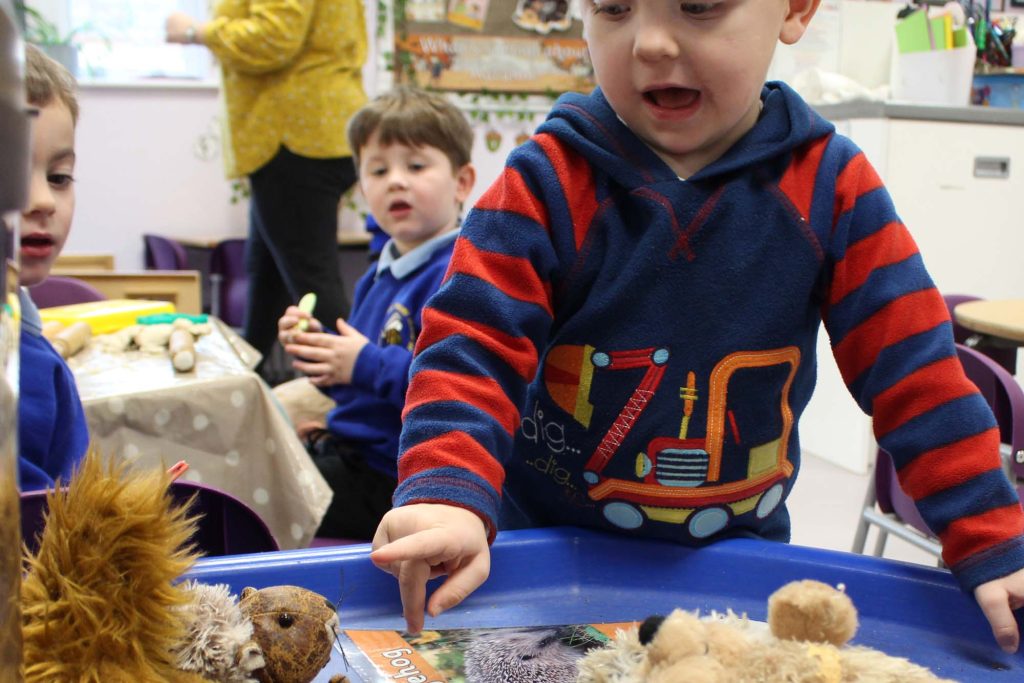
Welcome to Honeybourne School Nursery ~
Where you will see:
Kate Drew, Nursery Manager
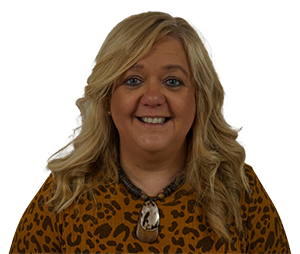
Nursery Assistants: Charlotte, Emma, Jess, Kelly, Tracy and Vicki.
All Nursery Assistants are Paediatric First Aiders.

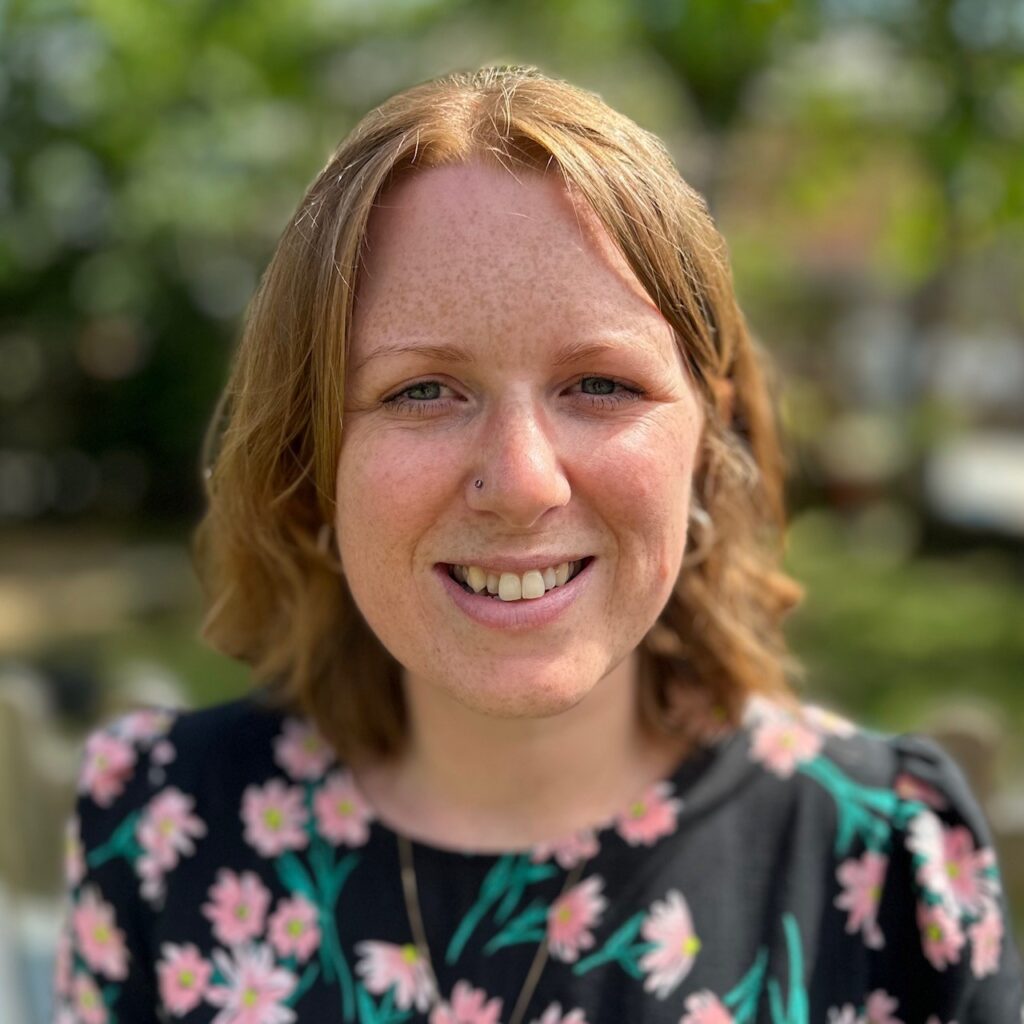


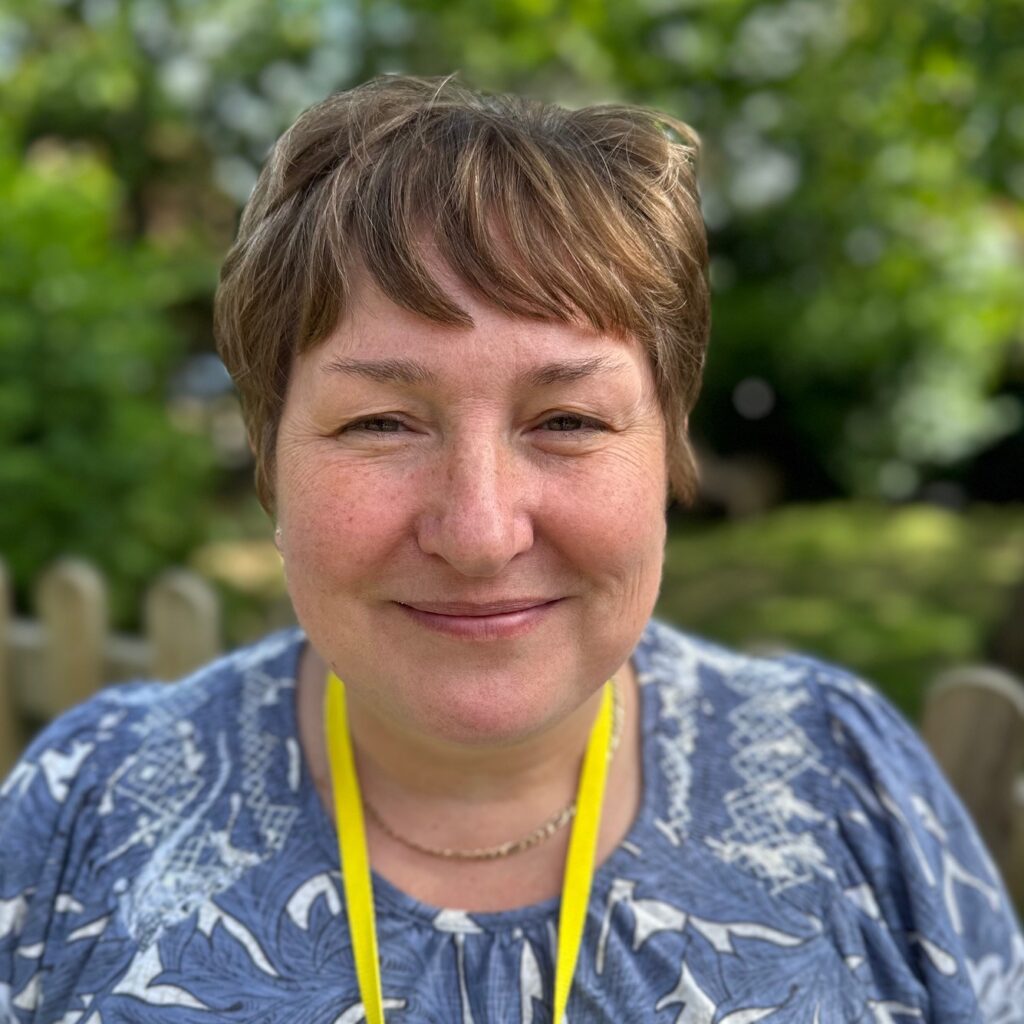

In the nursery, our children are two, three and four years old.
We have our own designated nursery and garden area where we have a range of activities such as sand and water, construction, role play and craft.
The children practise their physical skills and learn about the world around them. We enjoy listening to stories and rhymes, singing and dancing, exploring and investigating and getting messy whilst playing and learning inside and out!
Children can join the nursery any time after their second birthday for Early Years funded or paid sessions.
The term after a child is three, families are eligible for 15 hours free childcare and some working parents can access 30 hours.
To find out more or to arrange a visit, please contact the Nursery Manger, Kate Drew on 01386 800285 or 07596 862732 or email: kdrew@honeybourneprimary.org
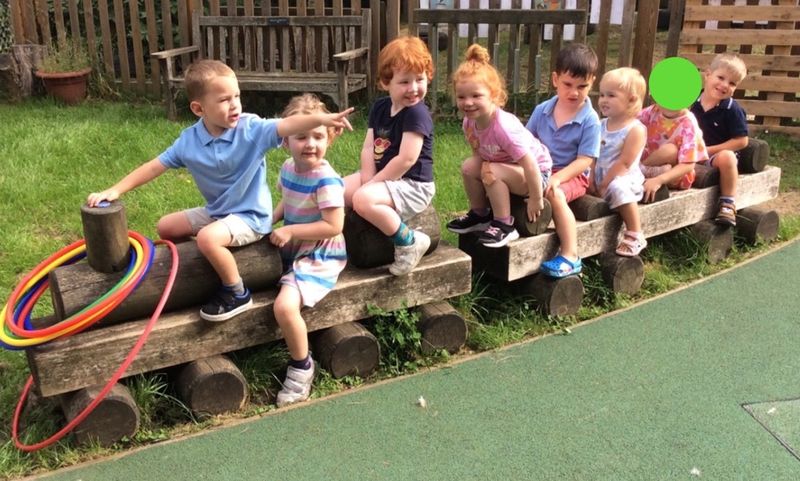
Speech & Language

We work closely with the NHS Speech & Language team; Emma Checketts is our Speech & Language Therapist. She visits our nursery throughout the term, supporting our children and their families as necessary.
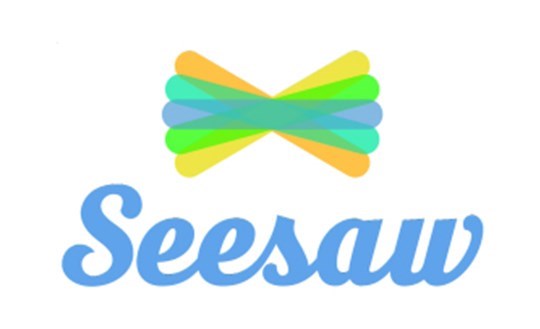
We use Seesaw to share our learning experiences and Nursery messages with parents. Please check your child’s Seesaw page for regular updates of your child’s learning and to keep you informed of Nursery events and information.
At Honeybourne Nursery, we use a themed approach to learning, reflecting children’s interests, where each term an exciting topic is used as a starting point for learning.
Autumn Term 1 2025
Our focus topic for the first half of the Autumn term is:



Through our planned activities, children will be learning:
Their full name and how old they are.
They will begin to understand their significant milestones including when they learnt to walk, talk and about starting nursery.
They will begin to know what they like to eat, play, read, what they dislike and to know that people like and dislike different things.
Children will know the people that live in their house and whether their brothers or sisters are older or younger than them.
They will know the roles of people within their house and how they help them, including reading a bedtime story, washing, cleaning and cooking.
They will begin to understand what their parents do for a job (if they work).
Children will recognise the key adults that work in our nursery and know who to ask for help.
They will learn the different areas of their nursery including toilets, garden and areas within the classroom.
Our Learning:

We have been sharing this story at Nursery to help children settle and learn all the new routines. Through the story of Goat’s active day, we are able to share the experience of children starting nursery and suddenly encountering an environment with unfamiliar routines.
The children learn to express their likes and dislikes during our ‘Together time’ activities and throughout the day as we all get to know each other. They begin to talk about themselves and their families, and about their day at Nursery.
We engage in imaginative play based on our own first hand experiences.
These are some of the stories we will be enjoying:
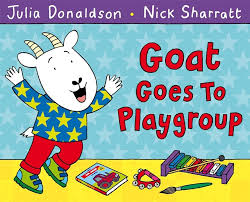
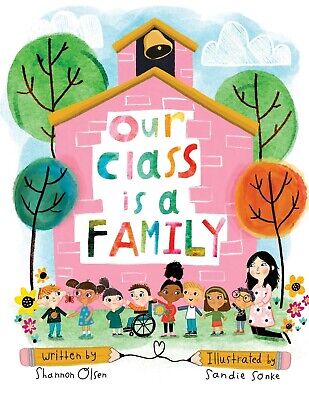
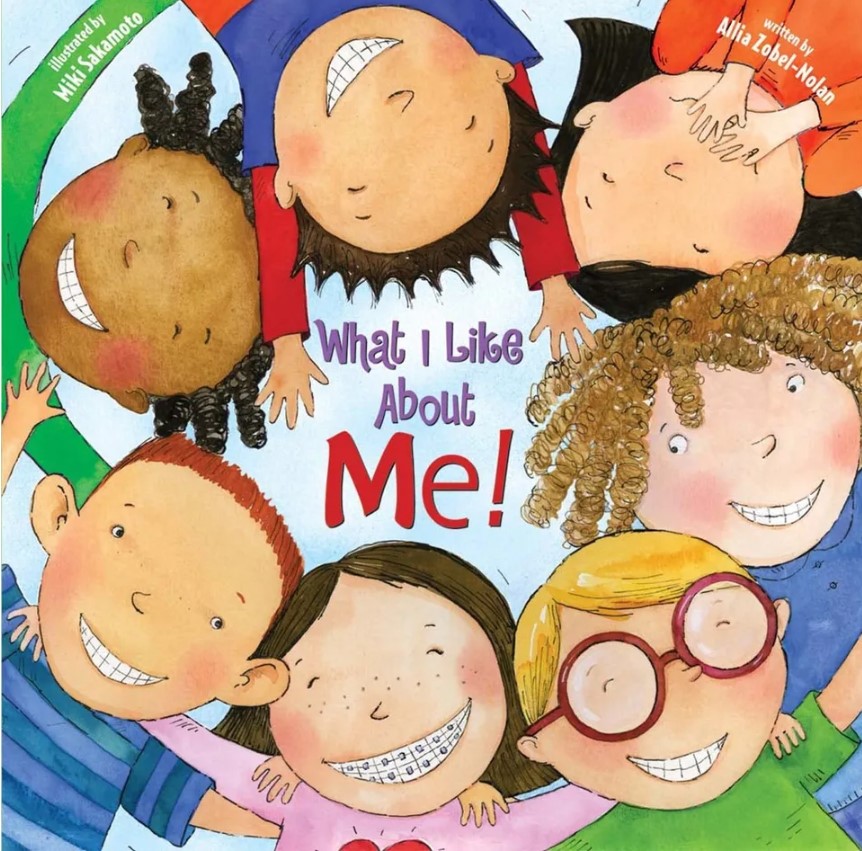
Autumn Term 2
Our focus topic for the second half of the Autumn term is:

During this part of the Autumn term, we will be learning about autumn colours, light and celebrations.
Henry is our Nursery ‘Everywhere Bear’. He loves to go home with the children for short visits to experience new adventures. He likes to join in with family life and we send home his diary so families can record his visit. We read Henry’s adventure stories to the class and encourage the child to talk about their time together using prompts from the photos included.
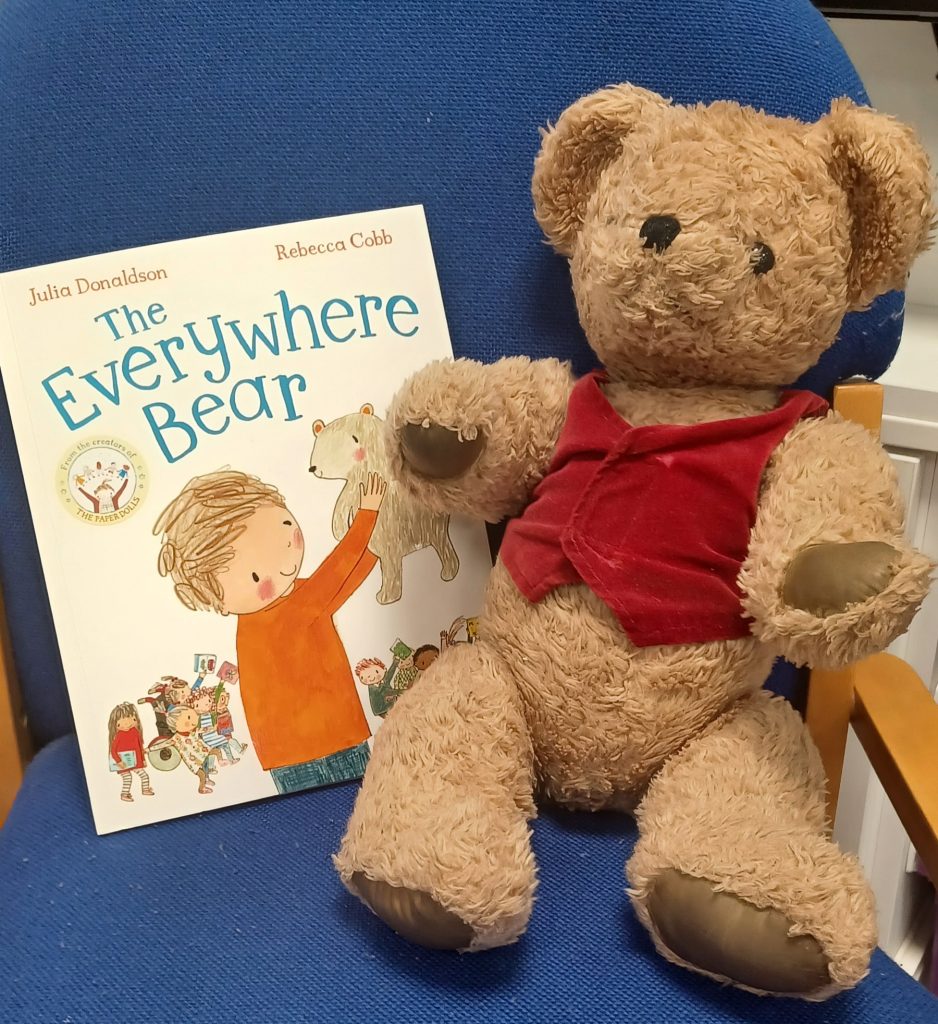
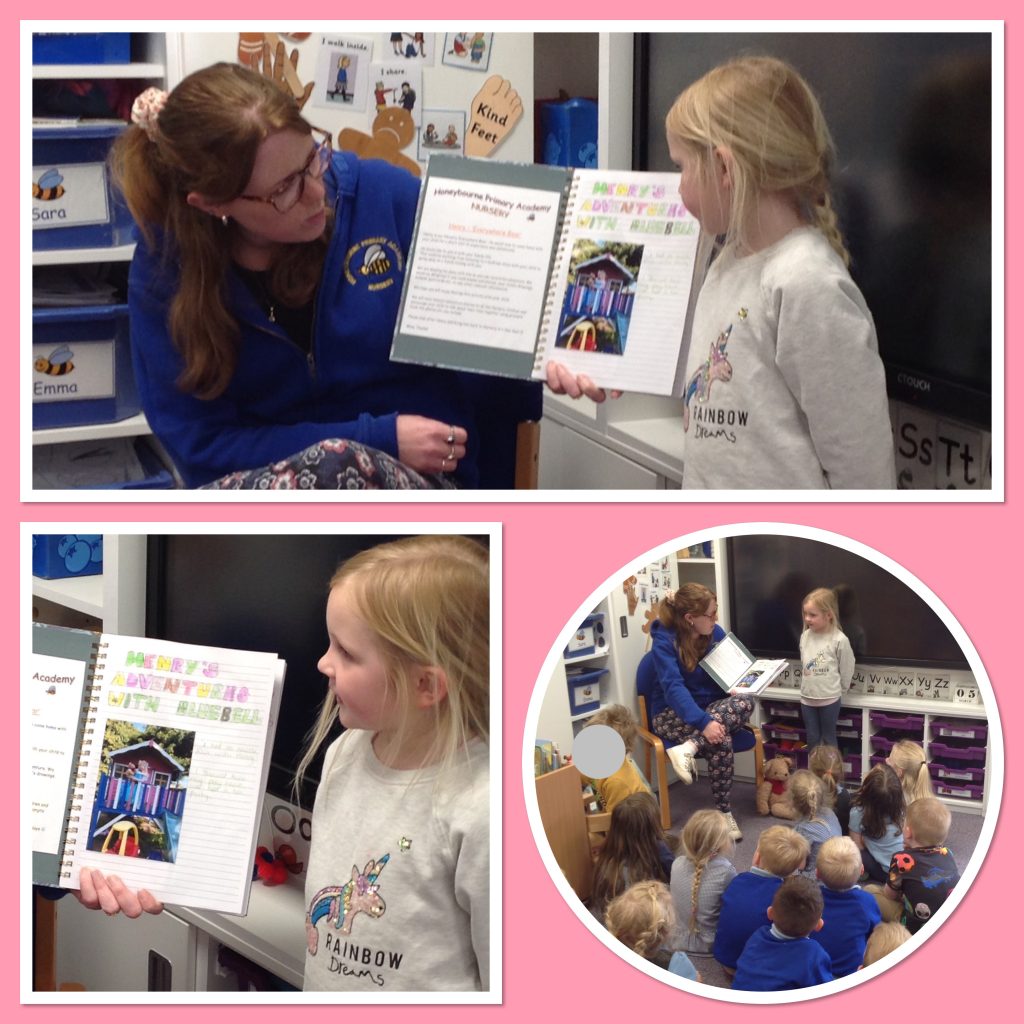
Zones of Regulation
We have a social-emotional learning curriculum to teach children self regulation and emotional control.
In Nursery, we use the Zones of Regulation and the ‘Inside Out’ characters to help children identify different feelings.
We talk about the colours associated with the different emotions and children learn to recognise different facial expressions and talk about times when they have experienced these feelings.
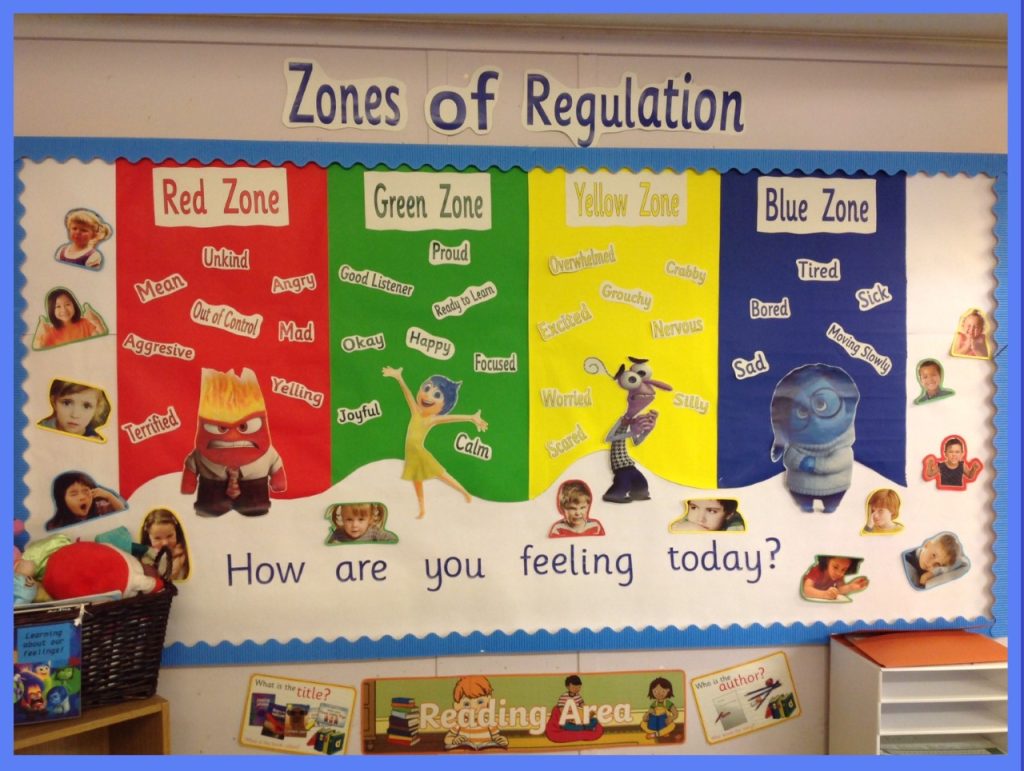
The children regularly learn to identify and name emotions. They have given examples of when they might feel this way, using their own words.
Monster Phonics

Monster Phonics is child-centred and creates a love of learning. Our monster characters bring phonics to life, adding engagement so that learning is both fun and purposeful for children.
Our Monster Phonics Foundations Programme develops speaking and listening skills. Children learn to become attuned to the sounds and begin to develop oral blending and segmenting skills. This teaching lays the foundations for teaching children to recognise letters (graphemes) and their associated sounds (phonemes). It also involves breaking a word down into the smallest units of sound e.g. c-a-t, c-oa-t.
The government Phase 1 curriculum consists of seven aspects:
- Aspect 1 – General sound discrimination – environmental sounds.
The aim of this aspect is to raise children’s awareness of the sounds around them and to develop their listening skills. - Aspect 2 – General sound discrimination – instrumental sounds.
This aspect aims to develop children’s awareness of sounds made by various instruments and noise makers. - Aspect 3 – General sound discrimination – body percussion.
The aim of this aspect is to develop children’s awareness of sounds and rhythms. - Aspect 4 – Rhythm and rhyme.
This aspect aims to develop children’s appreciation and experiences of rhythm and rhyme in speech. - Aspect 5 – Alliteration.
The focus is on the initial sounds of words. - Aspect 6 – Voice sounds.
The aim is to distinguish between different vocal sounds and to begin oral blending and segmenting. - Aspect 7 – Oral blending and segmenting.
The main aim is to develop oral blending and segmenting skills.
Each aspect contains three strands:
- Tuning into sounds (auditory discrimination)
- Listening and remembering sounds (auditory memory and sequencing)
- Talking about sounds (developing vocabulary and language comprehension
